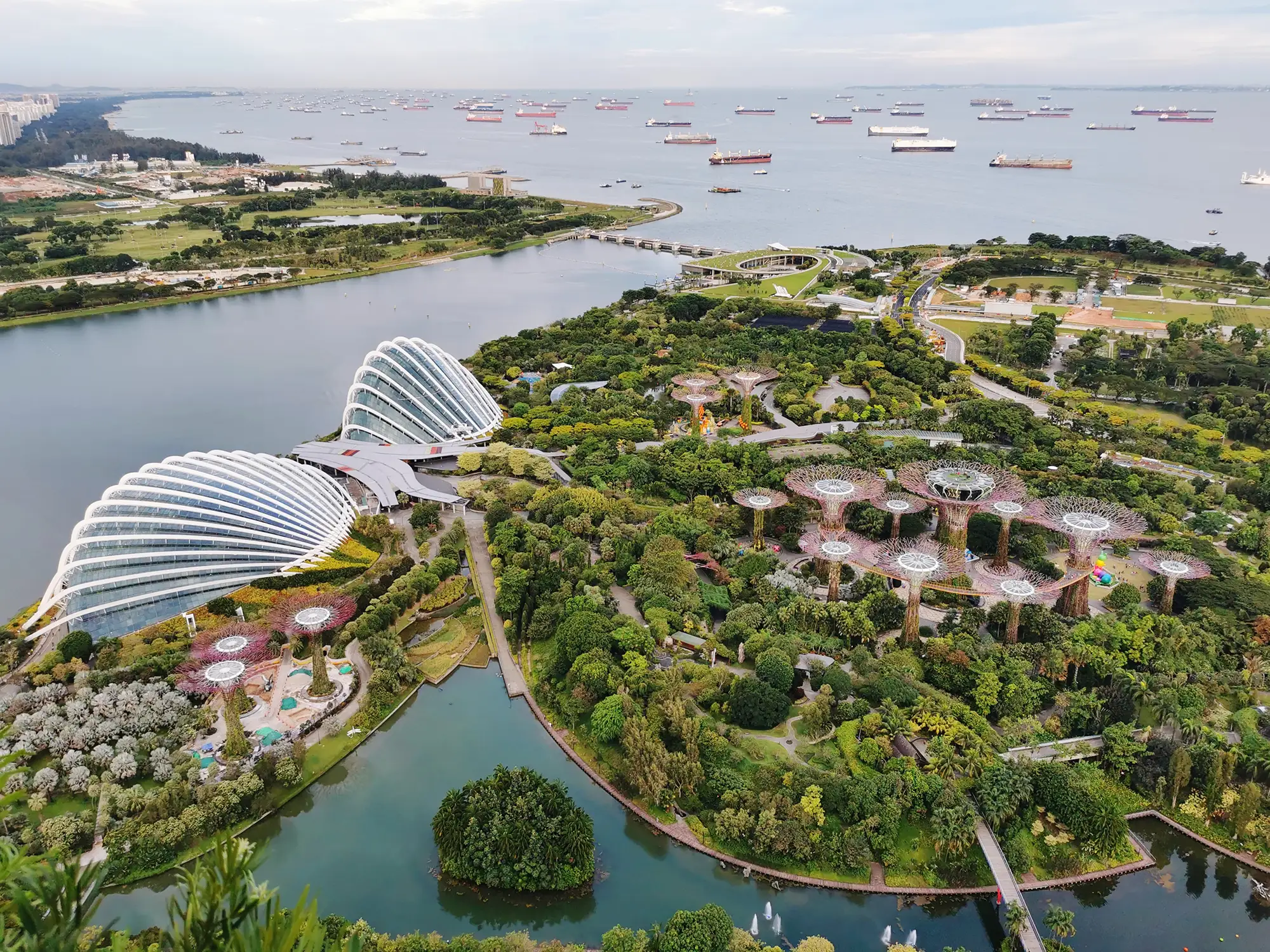Post-merger Integration Implications for Manufacturing-based Businesses
By Sara Raudenbush, Associate
During a merger or acquisition, manufacturing-based businesses have unique challenges in addition to typical pitfalls. Many hidden factors play a role in the success of an integration, and they are “hidden” due to the nature of the stages of business transactions.
Before we get into post-merger integration pitfalls of manufacturing-based businesses, let’s review what happens during a merger or acquisition:
- Due Diligence
This is often fast, has a prescriptive template of findings, and is curated in a way that gives you a ten-thousand-foot overview, but no real depth of understanding. The involvement of the seller is high-level and is established in a way to show everyone in a target company’s best light.
- Acquisition
The actual purchase phase. During this short period of time, information is very closely held, not many people are involved or know what is happening.
- Integration
The term “integration” needs to be looked at as the tactical combining of the companies in one activity/project, with a defined start and a stop. In a lower mid-market deal, this typically can be a short period— about 4 months total.
- Newco Execution and Synergy Realization
The longer view of integration is to look at integration results of the integration, or Newco. The total sum and overall success of a long-term period of the combined target and acquiring companies, and related synergies, that cross multiple years.
Implications for Manufacturing-based Businesses
These time periods above shift an acquirer’s role from prospective owner to owner-operator. Knowing what is needed for the long haul is important from the very beginning, yet not at top of mind when closing a deal.
The 5 questions below help provide more insight into the level of complexity to be addressed AFTER the integration. Of course, answering these questions pre-close and developing a strategy pre-close is of utmost importance:
- Manufacturing strategy. Does the Manufacturing strategy match the needs of your consolidation plan?
Ex: Does a historic push system match with the needs of a leveraged pull strategy?
- Logistics considerations. Will DC consolidation functionally any production capabilities?
- Culture. Will ownership status rock the culture?
Ex: transition from family owned to corporate
- Skills to scale. Are the skill sets of the existing leadership staff enough to play in a bigger league?
- Operational gaps. Does a robust management system exist that allows fully transparent and real time management systems no matter what the environment?
Let’s look at some other considerations
Us vs. Them
For a manufacturing company to grow to the size of viable acquisition, it usually means there was a long history of a joint effort with all the employees. What makes a good small company does not always translate into a good mid-sized company. The structure, discipline and expanded reasoning needed is very hard to install and often receives push back: “you don’t know our company”, “That’s not how things work here”, etc. While this happens in all industries, there is a higher risk of cultural rejection and alienation of the workforce in manufacturing-based businesses that creates an “us vs them” mentality. This is often overlooked or missed by the acquiring company. The importance of cultural decisions at the outset cannot be understated and are many times given the least amount of attention.
Getting Here Will Not Get You There – at Least Efficiently
If it’s not broken, don’t fix it, but sometimes we need to “break it” to increase maturity. The entire point of a merger or acquisition is to become a bigger, better, brand new version of the same company you love. The platform typically has no frame of reference and is in the dark, so rumors and guesswork abound. Even companies that have been acquired multiple times, often create this “head down, hope it works” callus that does not help in the long run and requires heroics and marathon-level tenacity to survive.
Sustainable Production
Consistent levels of production portray a level of capability that denote high potential to investors but may not be realistic or sustainable in the mid to long term when it comes to execution. Poor behaviors to entice buyers can be generated by the platform leadership when they are putting themselves on the market: intensified production, securing major deals etc. . Other times, it can just be the speed of due diligence or lack of detailed focus during that period that misses the warning signs.
Location Can Be a Problem
Plants are often located in towns vs cities. While this helps keep costs down in multiple ways, it tends to hamstring the potential of that location.
- Resource scarcity: talent is often already employed, additional headcount is not available, existing headcount is burned out and waves of retirement may be coming soon.
- Company may be one of the biggest employers in the town and that gives the employees more direct influence on benefits etc.
- Long periods of tenure in that location carry old behavior through each company transition.
- Long-standing supplier relationships, personal agreements, and location specific behaviors.
- Leadership – unless incentivized to do rotations – is embedded and often do not have the exposure to the bigger picture and struggle to operate at the next level.
Decision Pitfalls
Common business decisions that wind up needing interventions:
- Warehouse and network selections done on logistics cost vs demonstrated operational capabilities.
- Line expansion selections based on theoretical capacity.
- Throughput increases pushed without equipment overhauls.
- Shift expansions without upskilling the workforce on operations management.
Communication and Accountability
Often an integration is used to keep production going at all costs to show throughput and capacity gains at the outset. A better solution – but often overlooked – is to do an integration with a calculated shut down and to take the time to do a full transformation of the platform. No matter how you chose to proceed, an important component is always communication. After effects are shown in multiple ways: all the players are just getting to know each other, even years after an acquisition. Skepticism, mistrust, learning curves and just old habits permeate every action, thought, and plan in all sides. It is critical to have an outside observer/facilitator view with no history of company politics and no shackles to employment to run the integration. The key is making that person have not just influence but authority to follow stories, direct stakeholders, drive accountability and instigate escalated discussions on the tough topics.
About the Author
With over a decade of experience in end to end business transformations, Sara helps organizations integrate both strategy and tactics so they can efficiently redesign themselves and realize sustainable growth.
About Global PMI Partners
Global PMI Partners is a specialist consulting firm supporting our listed company and private equity portfolio clients with their inorganic growth strategies and M&A integrations and divestments. We provide expert, on-demand M&A services and resources, leveraging our market leading M&A approach & methodology.












